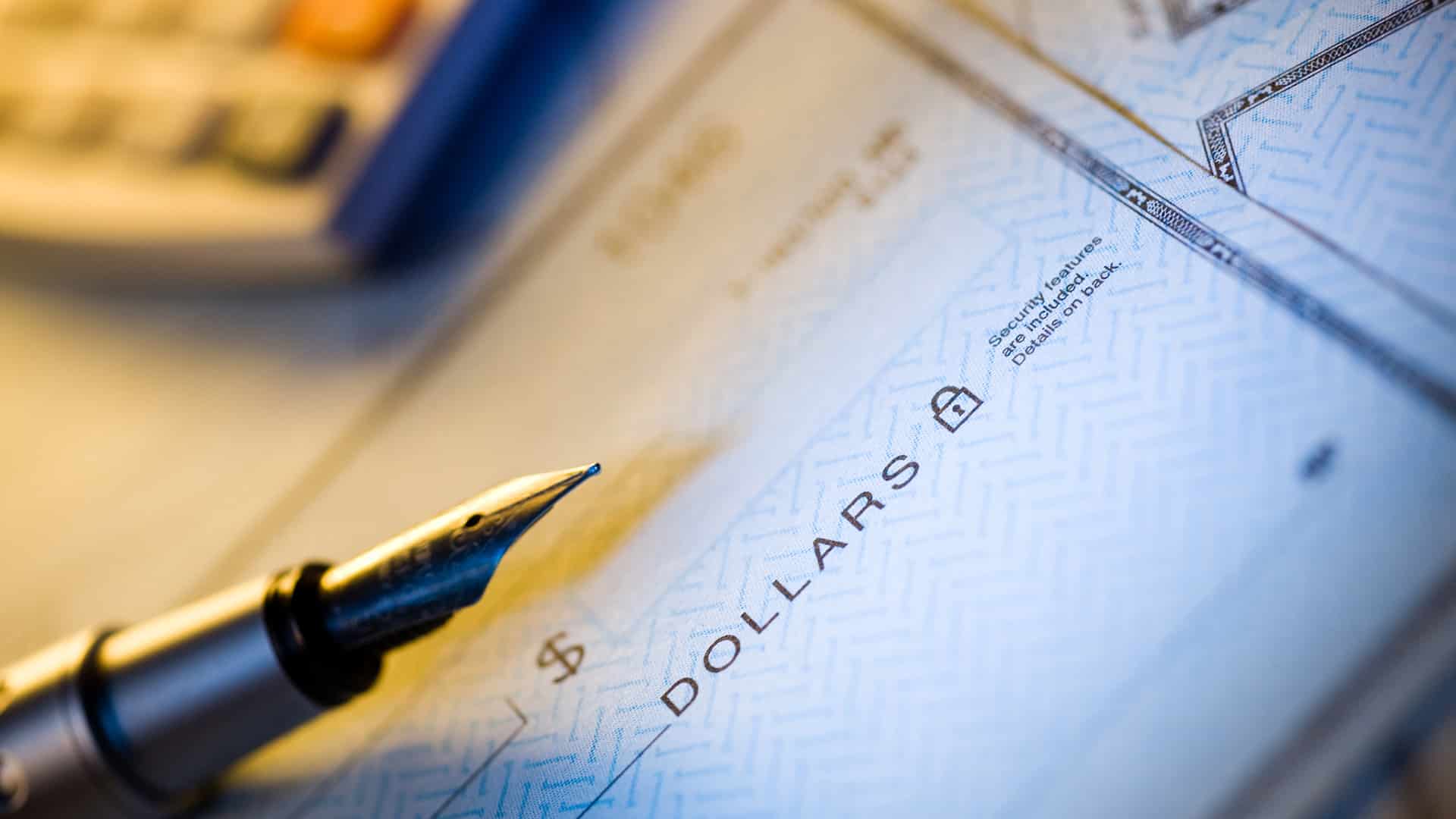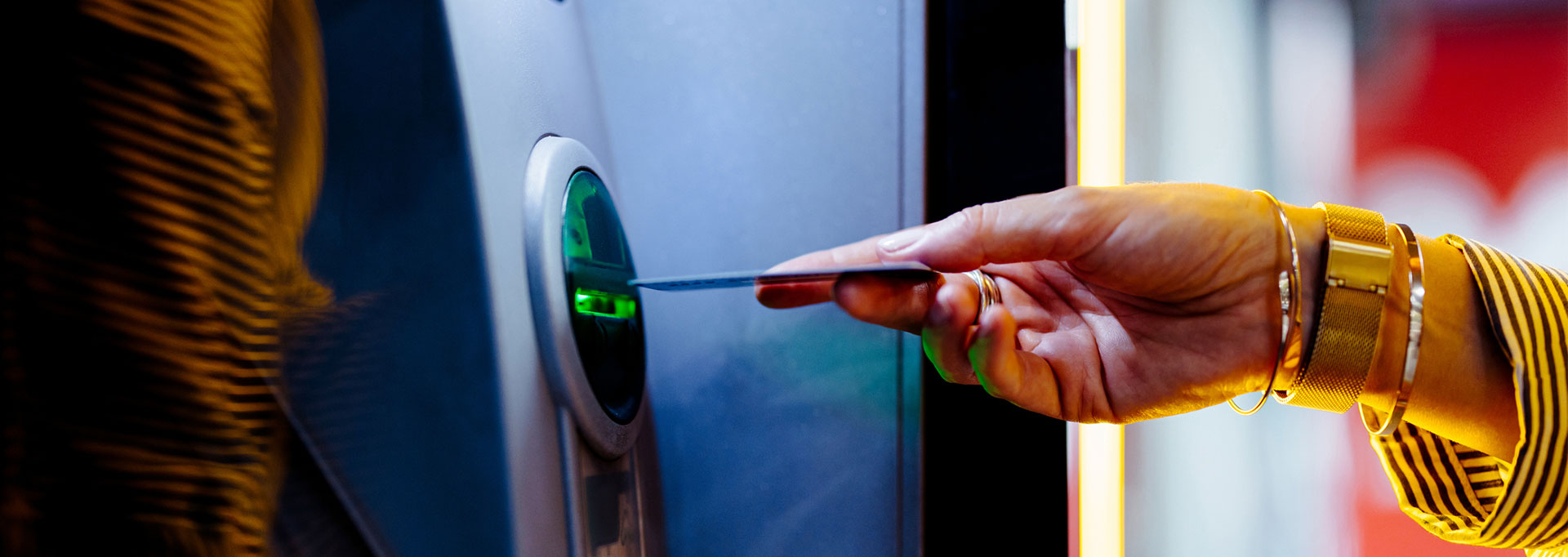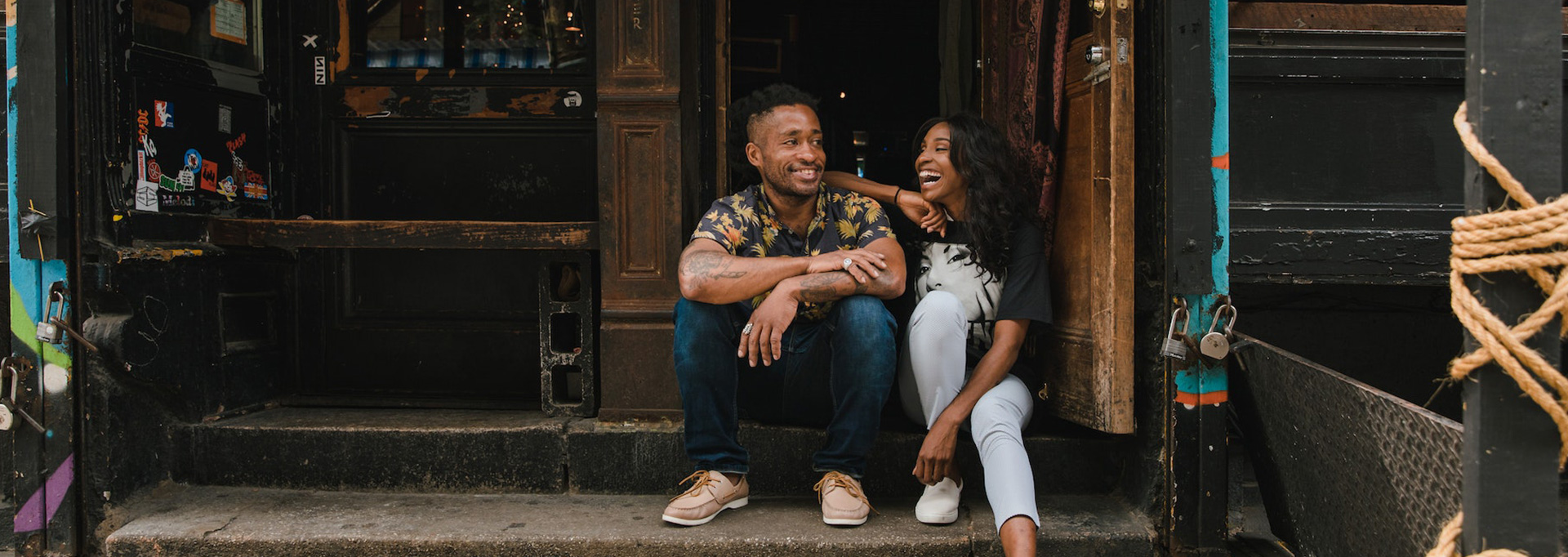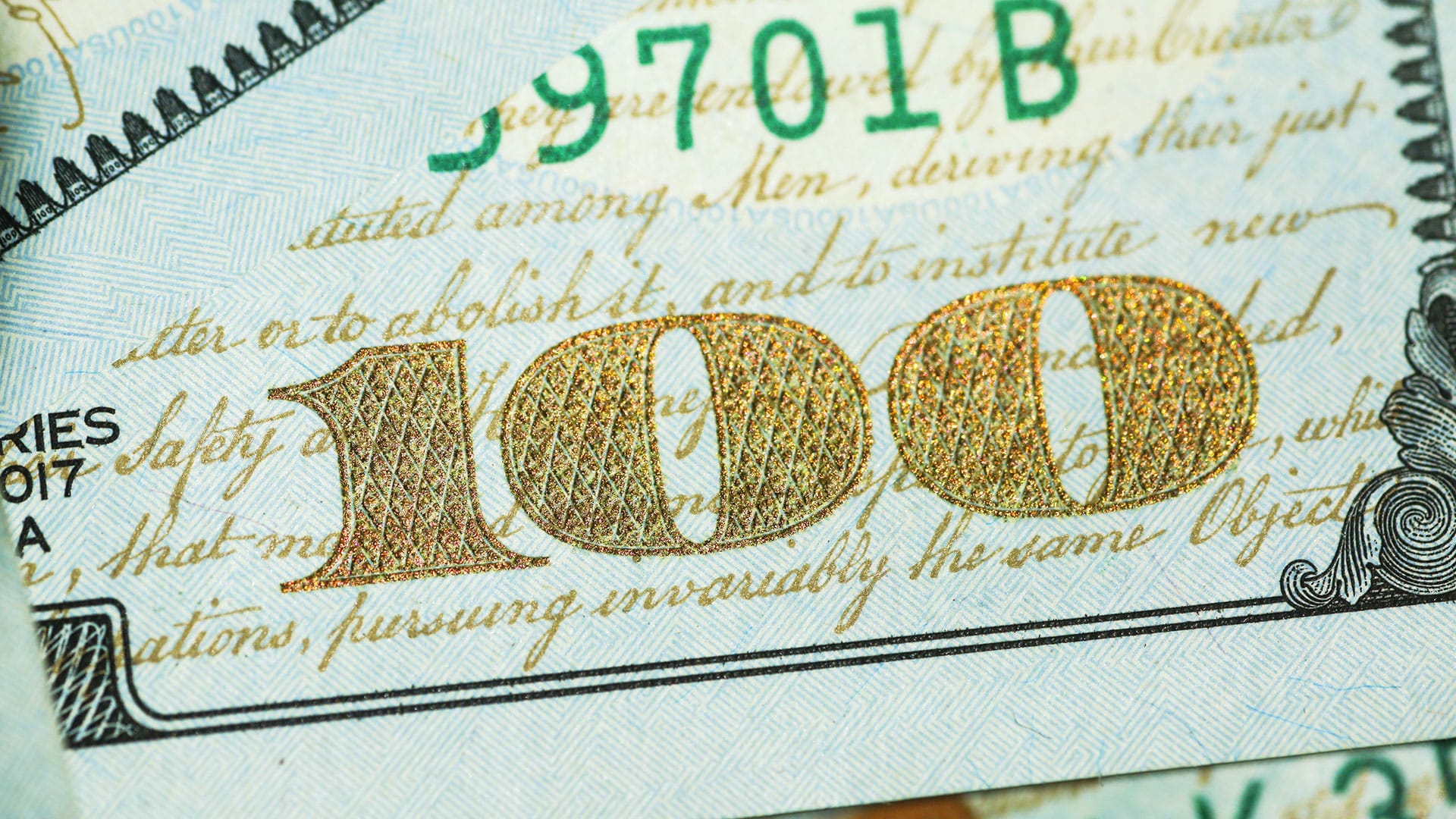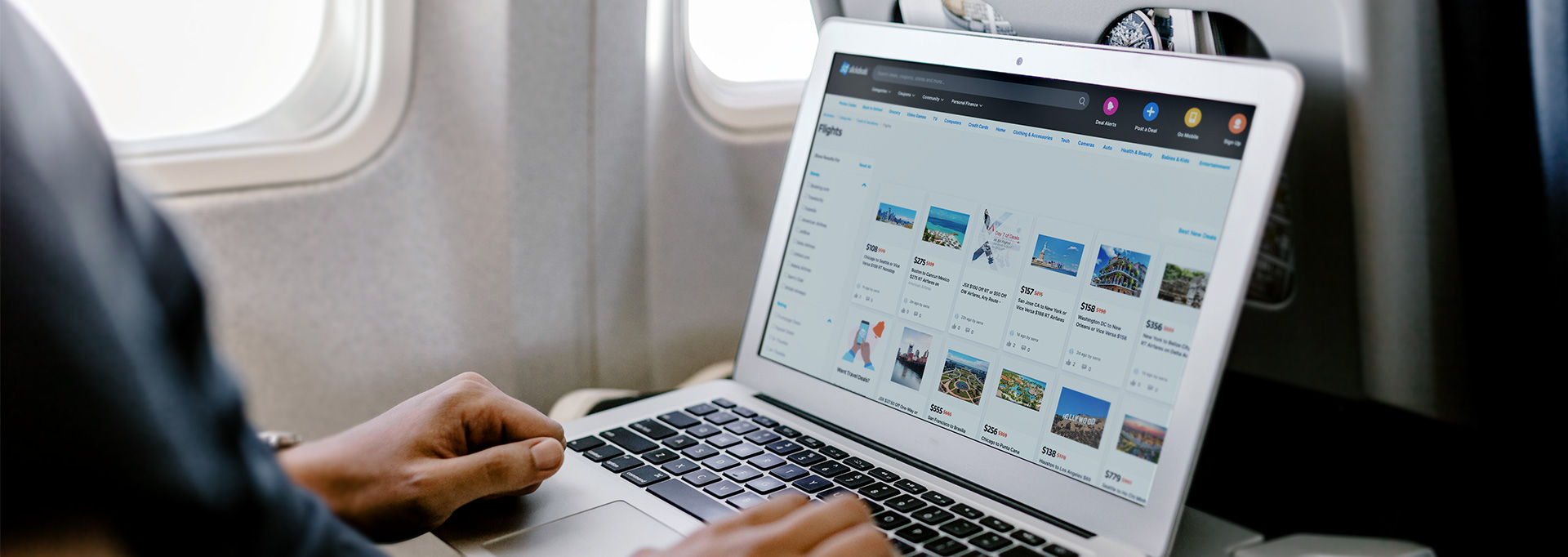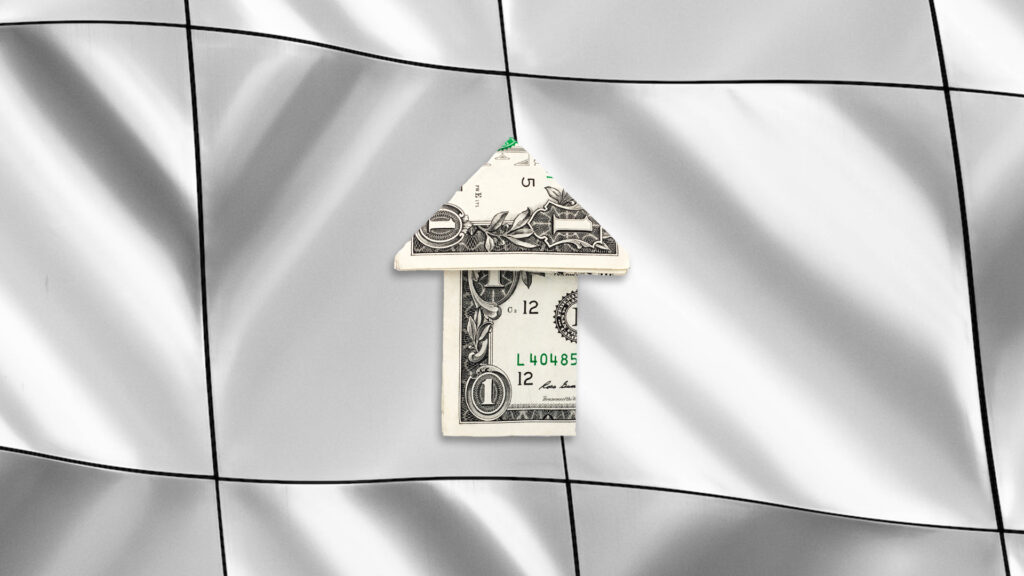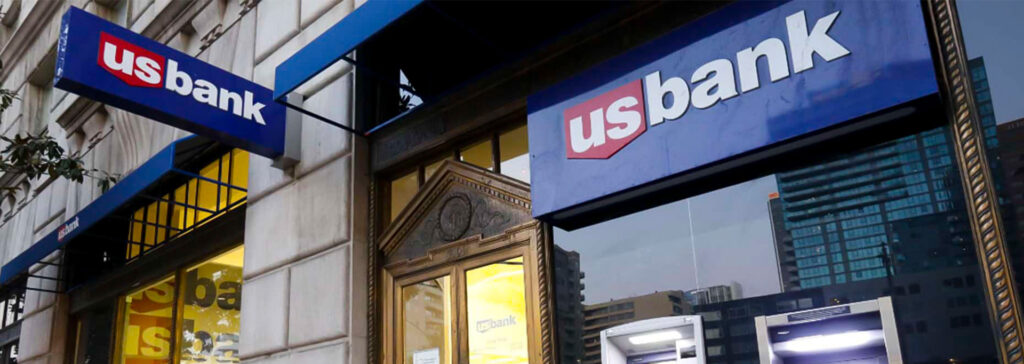Most products on this page are from partners who may compensate us. This may influence which products we write about and where and how they appear on the page. However, opinions expressed here are the author's alone, not those of any bank, credit card issuer, airline or hotel chain. This page may include information about American Express products currently unavailable on Slickdeals. American Express is not a partner of Slickdeals.
There are a number of reasons why you may want to void a check, such as fixing a mistake, preventing loss from fraud, or using it to set up other payment methods. Fortunately, the process is very straightforward and can often be taken care of in a few minutes—or less.
What Is a Voided Check?
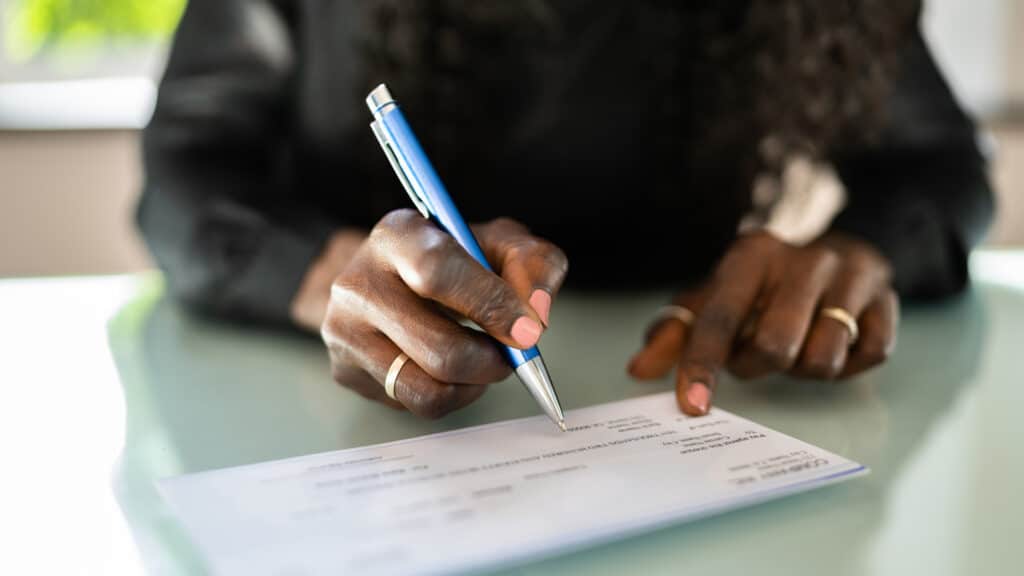
A voided check is a check that cannot be cashed or used to initiate a payment from your account. For example, you can write a check to someone and then decide you no longer want to pay them using that specific check by voiding the check. When you void it, you invalidate the check by letting the bank know to not accept it for payment if presented.
On the other hand, you can void a check that was also never meant to pay someone. For example, if you need a blank check for direct deposits, you can void a blank check to prevent it from being filled out and used to steal from your account.
Common Reasons You Need a Voided Check
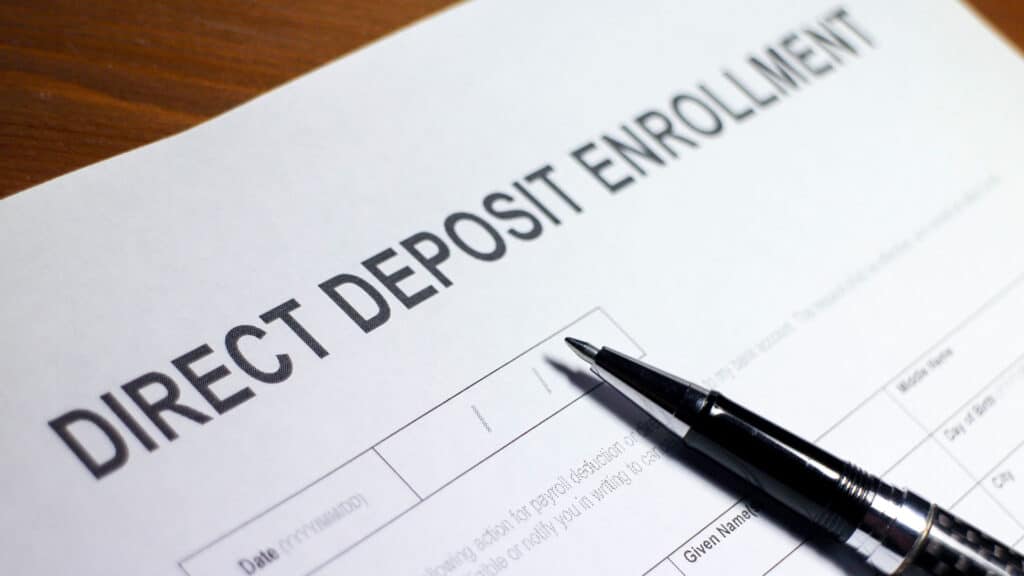
What can someone do with a voided check? A voided check is a convenient way to set up certain kinds of accounts, particularly because it contains your checking account info. Some businesses also see a voided check as an extra layer of proof that the checking account you’ll be using to pay them actually belongs to you and not someone else.
Here are some of the most common reasons people present voided checks:
- To set up direct deposits. Because a voided check has your routing number and bank account number, an employer can use it to set up your direct deposits. With direct deposits, you can get paid faster and skip the trip to the bank to cash your check.
- To set up electronic payments. Similarly, if you run a business and some of your vendors would prefer you to pay them electronically, presenting your account credentials via a voided check may be part of the setup process.
- To set up autopay for regular bill payments. Similar to what you would do for direct deposits and electronic payments, you can arrange with a bank, credit union or other financial entity to automate bill payments using the account information on your voided check. Consider the benefits of paying with a credit card instead of using auto-pay through a checking account.
How To Void a Check
The process of voiding a check is actually very straightforward:
- Get a black or blue pen and write the word “VOID” in large letters across the front of the check.
- Alternatively, you could write it in small letters in each of the sections you would normally enter information, such as the payee line, date, amount box, amount line, and signature area.
- Make a copy of the check to keep for yourself.
- Update your checkbook and note the check number to avoid confusion later on.
- Present the voided check to the person or organization requesting it.
How To Void a Check That You've Already Sent Out
On the other hand, if you want to void a check you’ve already given to someone, you have to get your bank involved.
Here’s how to do it step-by-step:
- Check your bank statement or online account to see if the check has already cleared. When in doubt, you can reach out to your bank and they can confirm whether the money has already been issued—either over the phone or in person.
- Get the info you need to stop the payment. This will probably include:
- Your bank account number
- The number of the check you want to void
- The name or the person you initially used the check to pay
- The date of the check
- The amount of the check
- Contact the bank and provide them with the information you gathered, as well as anything else they may require. Keep in mind that depending on your bank, you may have to pay a fee to void a check you’ve already issued. This is one of the many fees that banks may charge for their services.
FAQs
-
To void a check you’ve already sent, write down the check’s date, amount, and number, as well as your bank account number and the name of the person or entity it was sent to. Then contact your bank and ask them to issue a stop payment order on your check.
-
Yes, you can set up direct deposit without a voided check:
1. Contact the payroll department of your job or the person/department in charge of issuing payments at your company and explain that you’d like to provide account information instead of a voided check for security reasons.
2. They may ask you to fill out a direct deposit authorization form, which will require providing your full name and bank information, such as checking account number, routing number, and the name of your bank.
3. Verify that they recorded the information accurately.
4. In some cases, they may perform a test transaction (usually under a $1) to make sure the payment system has been properly set up. They might ask you to confirm one or more deposit amounts.
-
If you don’t have checks and you want to set up direct deposits or direct payments, contact the payee to make arrangements. You will likely need to provide your bank’s name, your account number, and routing number.
-
No. A canceled check is one that has been written and cashed out by the bank, while a voided check is simply one that cannot be cashed because you've invalidated it.
-
Send a voided check online by writing the word “VOID” in large letters or in all the spaces you would normally input information, and then taking a picture of it or scanning it. Then send it to the entity that needs your account information.
-
If the check has been correctly voided, it cannot be cashed legally.
-
The short answer is yes, someone can use a voided check to steal money from you. In most cases, they would either need more information or be highly skilled in fabricating fake checks. For example, if they also have your social security number, they may be able to use that info in combination with the voided check to steal from you. Also, a thief could create fake checks that look like they came from your bank using the info on your voided check.
-
If you lose a voided check, you should inform your bank right away. There is a possibility that a lost check could end up in the wrong hands. Notifying your bank will help make sure they are on notice regarding the potential for unauthorized transactions. They may be able to change your account number or even recommend closing your bank account and creating a completely new account and checks.
